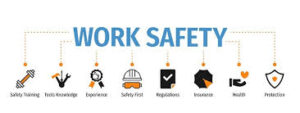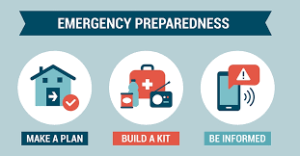
Industrial Safety Practices
Description
Industrial safety practices are essential to protect workers from injuries, illnesses, and fatalities in industrial settings. These practices involve a comprehensive approach to identifying, assessing, and controlling workplace hazards.
Key Points
- Hazard Identification and Risk Assessment: Identifying potential hazards and assessing their severity and likelihood of occurrence.
- Safe Work Procedures: Developing and implementing safe work procedures for all tasks.
- Personal Protective Equipment (PPE): Providing and ensuring the correct use of PPE.
- Machine Guarding: Ensuring that machinery is properly guarded to prevent accidents.
- Lockout/Tagout Procedures: Implementing procedures to isolate energy sources before maintenance or repair.
- Emergency Response Planning: Developing and practicing emergency response plans.
- Regular Inspections: Conducting regular inspections of equipment, facilities, and work practices.
- Employee Training: Providing comprehensive safety training to all employees.
Advantages of Industrial Safety Practices
- Reduced Accidents and Injuries: Minimizing the risk of workplace accidents and injuries.
- Improved Employee Morale: Creating a safer and healthier work environment.
- Increased Productivity: Reducing downtime due to accidents and injuries.
- Lower Costs: Reducing costs associated with accidents, workers’ compensation claims, and property damage.
- Enhanced Reputation: Improving the company’s reputation for safety and social responsibility.
- Legal Compliance: Ensuring compliance with safety regulations and standards.
Author: HNK Globals Institute








